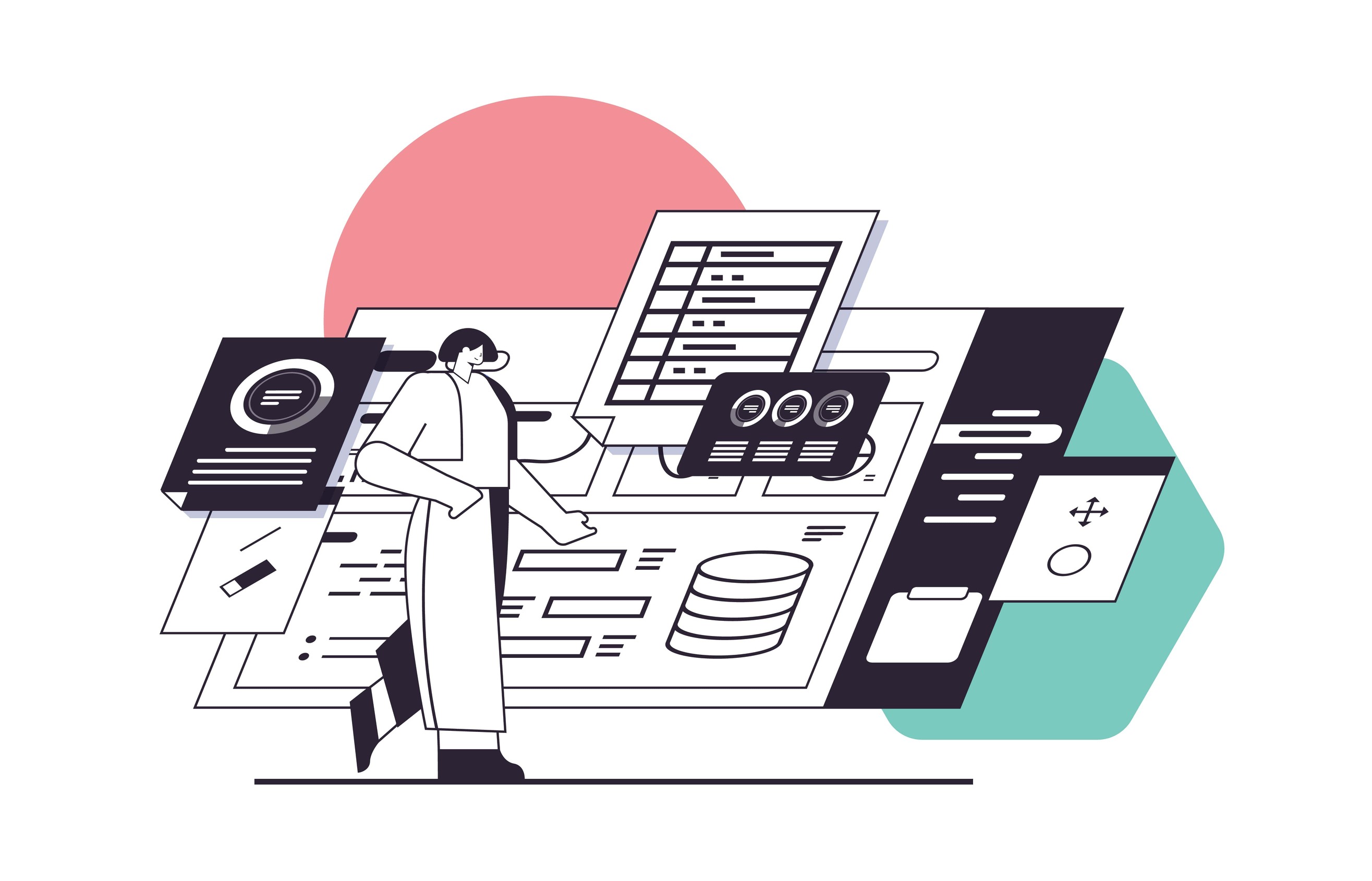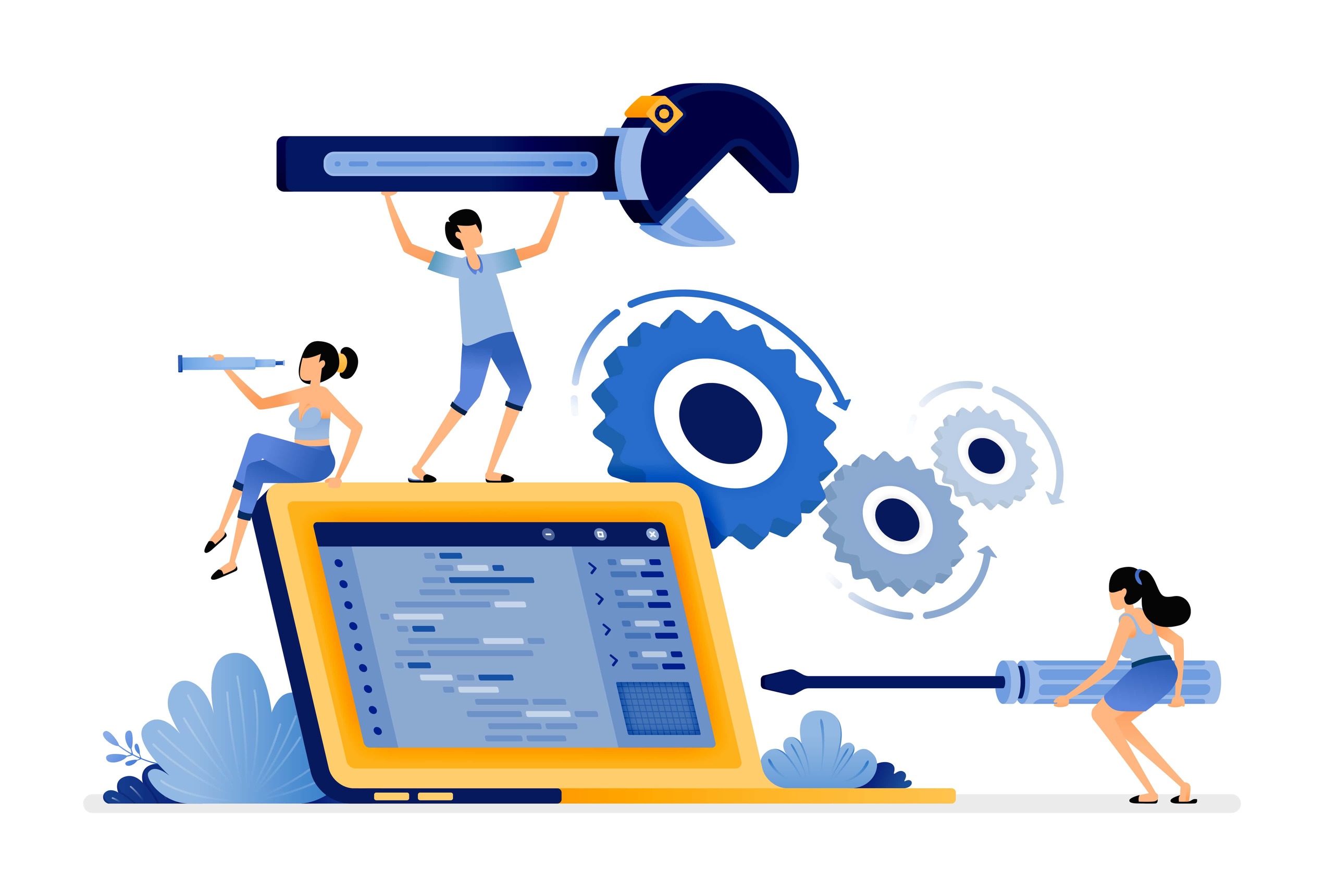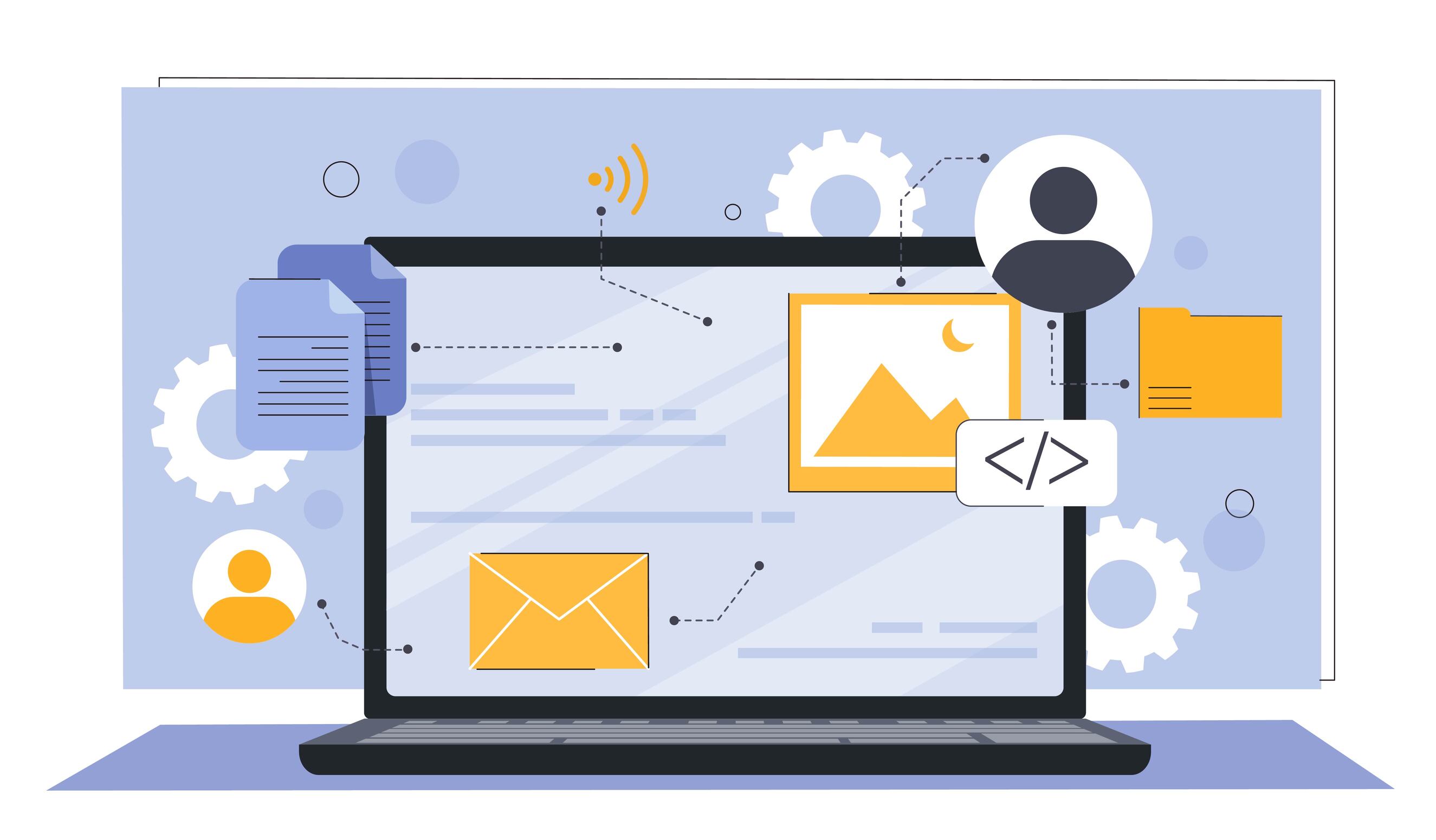Organizational Portal – It's Important That It Be User-Friendly
Corporate portal

 2034
2034 
User-Friendly and Accessible Organizational Portal: Essential for Organizational Success
In the modern digital age, organizations are required to face complex challenges in the areas of communication, collaboration, and accessibility to information. Employees expect easy and quick access to the resources and tools that will help them perform their jobs efficiently. An organizational portal that is properly designed and implemented can effectively address these challenges and significantly enhance the productivity and performance of the entire organization. In this article, we will explain why an accessible and user-friendly organizational portal is so critical for organizational success and provide practical tips for its optimal implementation.
The Challenges of Organizational Communication in the Digital Age
In the modern work environment, organizations face several key barriers when it comes to communication and information sharing:
- Information Overload: The amount of information that employees are required to process and manage is increasing at a dizzying pace. Emails, documents, reports, meetings – all accumulate into an overwhelming mass of data that is difficult to navigate.
- Dispersed Systems and Information Sources: Many organizations suffer from a “patchwork architecture” of various systems and applications that do not always communicate with each other. Essential information is scattered across several places, making it challenging for employees to find what they need in the necessary timeframe.
- Inefficiency and Time Waste: Valuable time is wasted searching for relevant information, waiting for responses, or exerting double effort when employees are not synchronized. Lack of transparency and poor communication negatively impact overall productivity.
- Lack of Engagement and Identification: Employees who feel disconnected from what is happening in the organization, who cannot keep up or access information that’s important to them, lose motivation and commitment. This undermines the organizational culture and leads to employee attrition.
In fact, a study by McKinsey found that organizations can increase productivity by up to 25% by improving connectivity and sharing among employees. This illustrates the immense importance of an effective organizational portal that facilitates information transfer and communication.
The Benefits of an Accessible and User-Friendly Organizational Portal
A modern, well-designed organizational portal can effectively tackle the challenges described above and provide a range of significant benefits:
- Accessibility and Quick Search: An organizational portal serves as a "single entry point" for all the information, tools, and applications that employees require. The smart search interface and organized categories save valuable time and make it easier to locate the right content.
- Improved Communication and Collaboration: The portal acts as a central platform for sharing updates, documents, and ideas among employees and departments. Tools such as blogs, forums, wikis, and chat enable structured and more efficient conversation and collaboration.
- Connection and Synchronization Between Systems: A quality portal seamlessly integrates with existing organizational systems and applications, allowing employees to access everything they need through a simple and unified interface.
- Strengthening Organizational Culture: Through the portal, the organization can reinforce shared messages, share success stories, and celebrate achievements. Visual and inspiring content, combined with engagement and feedback options, enhances employees' sense of identification and commitment.
Field Examples
Many organizations in Israel and around the world are already gaining impressive benefits from organizational portals:
- The high-tech company Amdocs launched a global employee portal called OASIS, which consolidates all the information and services from various organizational systems. As a result of the implementation, employee productivity increased by 12%, and usage of critical business applications grew by 38%.
- The Fattal hotel chain operates a portal connecting thousands of employees across 180 hotels nationwide. The portal is used for sharing information, training, and ongoing communication between management and operations. Employee satisfaction with organizational communication rose from 45% to 78% within a year of launch.
- Discount Bank established a self-service portal for employees, which includes access to personal information, vacation requests, and expense reporting, as well as a digital forms system. The transition to online service saved the bank about 10,000 manual working hours per year, and raised employee satisfaction scores regarding internal services.
Tips for Successful Implementation of an Organizational Portal
Based on past experience and best practices, here are several tips for success in establishing and maintaining an accessible and user-friendly organizational portal:
- Identify Needs and Requirements: Start with a clear definition of the portal's goals and objectives. Ask employees and managers about existing challenges and gaps, and compile a list of requirements for the necessary features and functionality.
- Choose the Right Platform: Consider the various technological options, such as cloud services (like Office 365), off-the-shelf products (like SharePoint), or custom development. Ensure compatibility, integration capabilities, and usability.
- Invest in Design and User Experience: Design the portal to be intuitive, visually appealing, and easy to navigate. Conduct usability testing with users and implement their feedback. A quality user interface will enhance engagement with the portal and reduce the volume of support inquiries.
- Make the Portal Attractive and Useful: Offer valuable content and features through the portal – from relevant role information to digital tools that save time. The more the portal is perceived as useful and essential, the wider its usage will be.
- Promote Effective Adoption and Implementation: Gradually implement the portal, with a structured training program and internal communication. Set clear usage goals and metrics, and monitor progress. Celebrate early successes and encourage usage by leading by example from management.
- Continue to Evolve and Improve: Continuously gather feedback from users and monitor usage and performance data for the portal. Be attentive to changing needs and continue to develop new functionalities, in line with the organization’s technological strategy.
In conclusion, an accessible, user-friendly, and intelligent organizational portal is much more than just an internal promotional website. It's a strategic tool for increasing productivity, improving collaboration, and strengthening organizational identity. An organization that invests in an advanced and properly implemented portal will see tangible business returns over time.
Want to hear more about how an organizational portal can help achieve your business goals? Contact us for a personal consultation meeting without obligation. We would be happy to share the knowledge and experience we've gathered from working with hundreds of clients, and help you build a portal that propels your organization forward.






